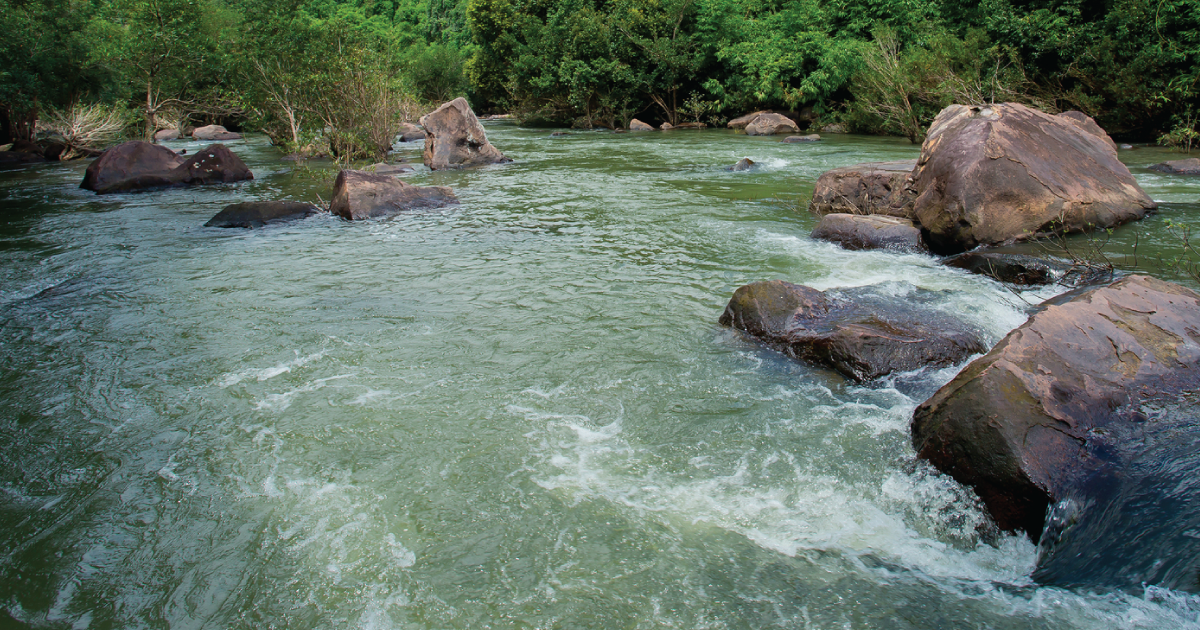
The Clean Water Act Has Failed To Curb AG Pollution
According to a damning new report, about half of the country’s rivers, streams, lakes, and ponds are classified as “impaired,” and farm pollution is the primary cause. “[The] failure to confront agriculture . . . is probably the biggest program failure in the Clean Water Act,” said Eric Schaeffer, executive director of the Environmental Integrity Project (EIP), the organization behind the report, at a recent press conference.
April 1, 2023 | Source: Civil Eats | by Lisa Held
Plus, the connection to hunger and nutrition attracts attention in D.C., and more support for Northeast organic dairies.
According to a damning new report, about half of the country’s rivers, streams, lakes, and ponds are classified as “impaired,” and farm pollution is the primary cause.
“[The] failure to confront agriculture . . . is probably the biggest program failure in the Clean Water Act,” said Eric Schaeffer, executive director of the Environmental Integrity Project (EIP), the organization behind the report, at a recent press conference.
In 1972—just two years after Richard Nixon created the Environmental Protection Agency (EPA) and the inaugural Earth Day was celebrated—Congress passed the Clean Water Act with the goal of making all of America’s waters “fishable and swimmable” again by 1983 and to eliminate pollution entirely by 1985. And the law did lead to significant progress in cleaning up waterways, says Schaeffer, who served as the director of civil enforcement at the EPA prior to his role at EIP.
